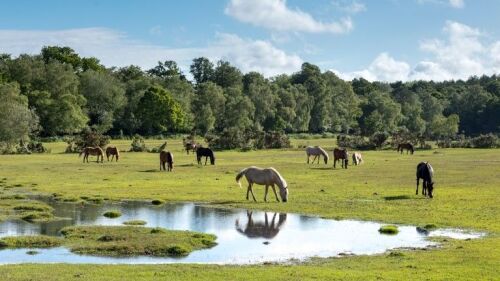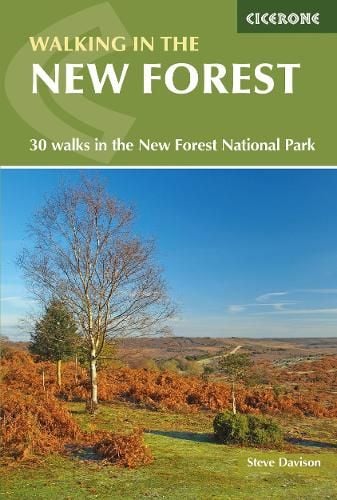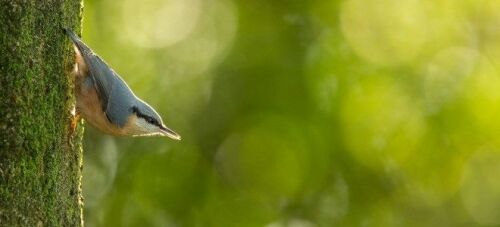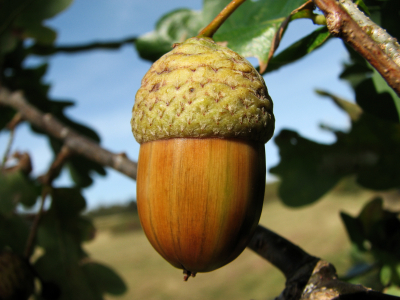Tonight on BBC4, there’s New Forest - A Year in The Wild Wood at 8pm.
The programme explores the lives of people and wildlife who live in this stunning part of England. Some of England’s rarest wildlife can be found here, such as the sand lizard.
Writer and environmentalist Peter Owen-Jones presents the programme, immersing himself into the lives of the Commoners. They’re a group of 700 people who have retained grazing rights for their animals, dating back to Medieval times.
The New Forest National Park covers 566 square kilometres, with ancient forest, wild heathlands, and acid bog, all down to the open sea.
The New Forest became a National Park back in 2005, and it’s one of the largest remaining tracts of pasture land that’s unenclosed, heathland and forest in the south of England. Forestry England points out that it’s
- a Special Site of Scientific Interest (SSSI)
- a Special Protection Area (SPA) for Birds
- a Special Area of Conservation (SAC)
- a Ramsar site (listed as a Wetland of International Importance).
It’s also a chance to raise awareness of ways you can help with the conservation of this stunning area.

Find out about the history of the New Forest from the National Trust
Image ©National Trust images/John Miller
Useful resources for you:
For the programme’s website, visit the BBC
Forestry England has lots of information about the New Forest and its importance – it’s home to many rare species of plants and wildlife, and has the highest possible conservation status.
The New Forest National Park which has information on volunteering, things to do, wildlife and conservation. The wildlife include bats, wading birds, dragonflies and damselflies, heathland birds, deer, reptiles, spiders, moths, butterflies and beetles.
The wonderful New Forest Pony Breeding and Cattle Society works to preserve the New Forest Pony breed.
The New Forest Trust which works “to preserve, sustain and enhance the unique beauty and conservation value of the New Forest for future generations”. Are you a business? Why not join the Love the Forest Scheme and give the Trust your support?
New Forest Area Conservation Volunteers – get stuck in and lend a hand!
Pondhead Conservation - this is a small, multi-award winning community woodland project near Lyndhurst aiming to restore the hazel coppice, woodland understorey and ride (track) network of Pondhead Inclosure, thereby improving its biodiversity and enhancing public enjoyment of the area

Walking in the New Forest - 30 Walks in the New Forest National Park
by Steve Davison
available from Foyles
Friends of the New Forest is dedicated to protecting and restoring the unique character of the New Forest. It’s a member-based association which gives its members an effective voice on a range of New Forest issues.
The National Trust has lots of information on the New Forest, including its history



